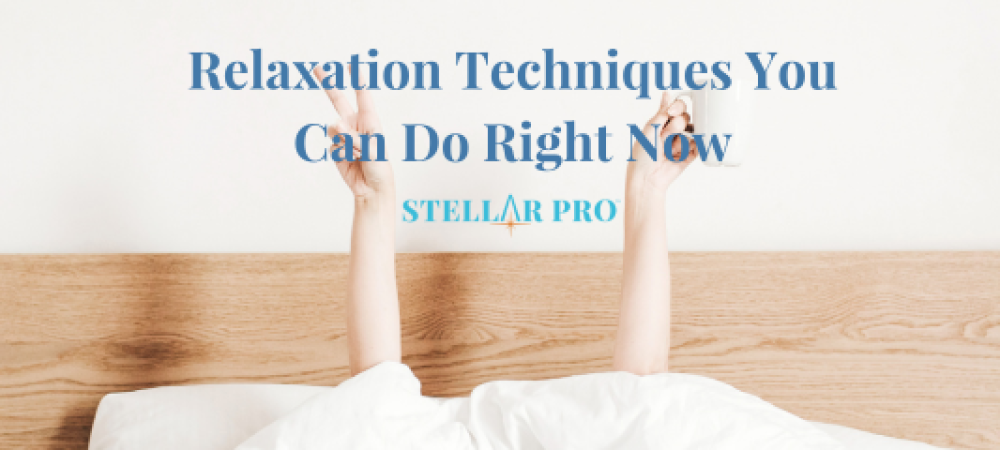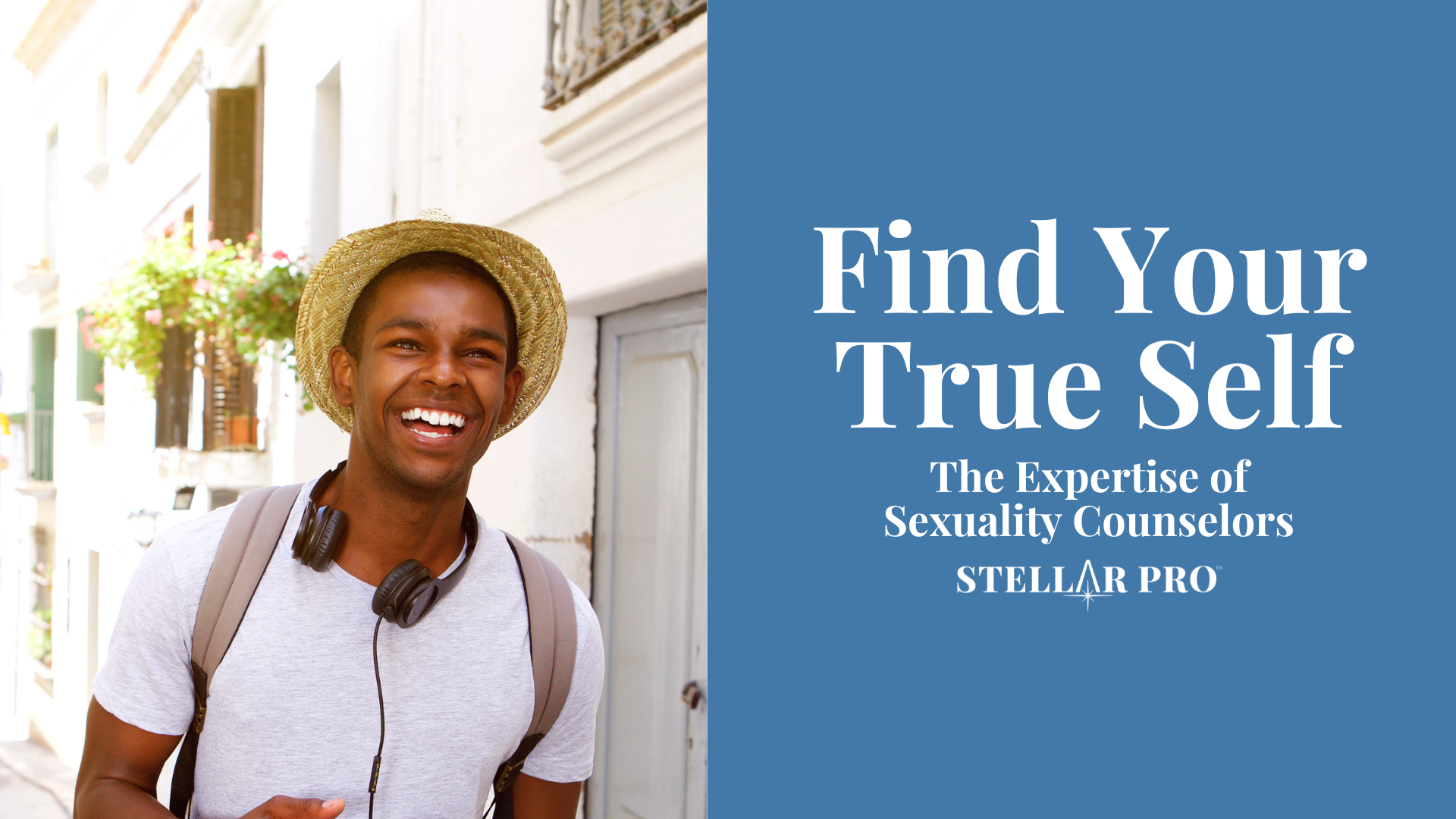Relaxation is an important part of taking care of your mental health. Relaxation can help you manage everyday stress. Having high stress levels has shown to lead to various health problems including muscle tension, shortness of breath, and increased heart rate. Practicing relaxation techniques can help prevent these issues from happening.
It’s easy to learn relaxation techniques that you can do right now! Even if you’re on public transit, in the office, or at home. Relaxation techniques are typically free or low cost and pose little health risk. This means nearly everybody can do them.
Let’s dive into some relaxation techniques you can do right now.
Autogenic Relaxation Training
“Autogenic training is a relaxation technique focusing on promoting feelings of calm and relaxation in your body to help reduce stress and anxieties.”
How to do it
If you’re currently working with a therapist, it’s best to practice autogenic relaxation with a professional first.
– Setup. Before beginning, get settled in a quiet and comfortable place. Autogenic relaxation works best if this place can be used consistently when you practice relaxation techniques. Remove any glasses and loosen any tight clothing. You can remain seated to lay down. Close your eyes.
– Being with your breathing. Many relaxation techniques focus on the breath. The first step is to slow your breathing with slow, even breaths. When you have control of your breath, speak the words “I am completely calm.” Some patients report this being enough to feel a sense of calm. Others need to continue following the rest of the steps.
– Focus on different areas of your body. Starting with your left leg, repeat the phrase, “My left leg is heavy, I am completely calm,” while continuing to breathe in a slow and controlled manner. Repeat this with your other leg and arms.
– Shift attention to your heartbeat. Stress and anxiety can cause an increased heart rate. Focus on your breath and repeat to yourself “My heartbeat is calm and regular, I am completely calm.” Experts recommend doing this 6 times but you can repeat it more if you need to. You’ll want to repeat this for the rest of your body, including your forehead, chest, and abdomen.
Some people find greater benefit following an audio guide so they can completely focus on relaxing. Here is an audio guide in video form to help you with your autogenic relaxation.
Progressive Muscle Relaxation
Progressive muscle relaxation involves a series of exercises where you tense and then relax partially muscle groups. Practice makes perfect with this technique.
How to do it
– Setup. Find a quiet and comfortable place to sit or lay. Focus on your breathing and begin to take slow, even breaths. Give yourself permission to relax. Close your eyes.
– Tense specific muscle groups. Once you’re ready, tense the muscle group described below. You want to feel the tension but not pain! Keep the muscle tensed for approximately 5 seconds.
– Relax your muscles. Relax the muscle you just tensed and keep it relaxed for approximately 10 seconds. Some people find benefit in saying “Relax” as they relax their muscles. Repeat for the other muscles.
– Open your eyes. If you have your eyes closed, open them. Give yourself a moment to become alert before standing back up.
Muscle Groups
– Right/Left Hand and Forearm. Make a fist with your hand. Do one hand at a time.
– Right/Left Upper Arm. Bring your forearm up to your shoulder to do a “make a muscle” pose. Do one arm at a time.
– Forehead. Raise your eyebrows as high as they will go.
– Eyes and Cheeks.Squeeze your eyes tight shut as if you just tasted a very sour lemon.
– Mouth and Jaw. Open your mouth as wide as you can, as if you were doing a big yawn.
– Neck. Be careful with tensing your neck muscles. Face forward and pull your head back slowly to look up towards the ceiling.
– Shoulders. Tense your shoulders as you bring them up towards your ears.
– Shoulder Blades/Back. Push your shoulder blades back so your chest is pushed forward.
– Chest and Stomach. Breathe in deeply. Fill up your lungs and chest with air.
– Hips and Buttocks. Squeeze your buttock muscles together.
– Right/Left Upper Thigh. Tense the muscles in your thigh. Do one thigh at a time.
– Right/Left Lower Leg. Slowly and carefully pull your toes towards you to stretch your calf muscle. Doing this slowly helps prevent cramps. If it starts to hurt, stop. Repeat with the other leg.
– Right/Left Foot. Curl your toes downward as if you were trying to pick up something with your toes. Repeat on the other foot.
Information above adapted from CCI Heath.
Visualization
Visualization involves taking an imaginary journey to a peaceful place or situation. Many people envision a beach but what you picture is up to you.
How to do it
Some people find this technique easier to do with an audio guide. Children’s bedtime stories can be perfect for practicing this technique as they are shorter than audiobooks for adults. Visualization is best done with your eyes closed.
Get comfortable. Get into a comfortable position, either sitting or standing and close your eyes if you feel comfortable doing so.
Take a few deep breaths. Take a few deep breaths to help lower your heart rate and prepare yourself for visualization.
Imagine. Imagine yourself in your scene of choice. This could be a beach, a Christmas tree farm, or your childhood home. Whatever place is your visualization place of choice.
7-11 Breathing Technique
Deep breathing stimulates the parasympathetic nervous system. “Breathing techniques in which the out-breath is the same length as the in-breath … are generally less effective.” Thus, we have the 7-11 breathing technique.
(H3) How to do it
– Breathe in through your nose for a count of 7. Practice deep breathing rather than shallow breaths.
– Breathe out through your mouth for a count of 11.
– Repeat as necessary until you feel more relaxed.
If you find that it’s difficult to breathe to a count of 7-11 then reduce the count. As long as the out breath is longer than the in-breath.
Other Relaxation Techniques
If none of the above techniques are working for you, you may find relief from your stress with these tips.
1. Journaling
Journaling is a great way to get anxious thoughts out of your head and onto paper. You may wish to keep these thoughts to share with your therapist. Or you may find benefit from disposing of them. No matter what you choose, journaling your emotions helps reduce stress and promotes relaxation.
2. Warm Soak
If you have a tub, you’re in luck! Soaking in a warm tub is a great way to relieve muscle aches and promote relaxation. You can add bubble bath or your favorite bath bomb for even more relaxation.
Don’t have a tub? That’s okay! You can soak your feet in warm water or take a hot shower. If standing in the shower is too hard it’s okay to sit down. If you are able to, creating a DIY eucalyptus shower bundle to hang will make your showers even more relaxing.
3. Meditation
Meditation has been shown to reduce stress and anxiety levels. While it takes time to get into the habit, once you have established it you’ll be on your way to relaxation. There are thousands of guided meditations online to choose from. Try various ones out and see which works for you.
4. Binaural Beats
“A binaural beat is an illusion created by the brain when you listen to two tones with slightly different frequencies at the same time.” While there isn’t much scientific evidence to support their benefits, many people report their effectiveness. Some of these benefits include reduced anxiety, improved sleeping habits, and helping you enter a meditative state.
While binaural beats aren’t for everyone, there are free audio guides out there to try.
5. Listen to Music
Music has been shown to improve our mental health. Try to schedule at least 10 to 15 minutes of your day to dedicate to music. This can be in your car, singing in the shower, or playing an instrument.
6. Use White Noise
Sometimes, what increases our stress levels is outside noises. A neighbor’s dog, traffic, or the sound of a loud fridge. Whatever it may be white noise can drown this out. There are also white noise devices you can purchase that have presets. All you need to do is hit a button.
7. Massage
Getting a professional massage is the most expensive option on this list and one that you might not be able to do right now. A deep tissue massage can help relax your muscles and make you feel refreshed. Everybody deserves to be pampered. Even the men reading this!
Don’t want a professional massage? Try these self massage techniques.
Closing Thoughts
Whatever is causing you to feel stressed or anxious will pass. At the moment it can feel like you will never get through it but you will. You’ve conquered every other stressor life has thrown at you so far.
If you find yourself being stressed or anxious a lot and need to rely on relaxation techniques consistently, it might be time to talk to a Stellar Pro. We have clinicians who are experts in treating anxiety and stress-disorders. Nervous about starting therapy? That’s normal! We’ve also put together a guide on what to expect from your first few therapy sessions to help ease your nerves.
You will get through this!
Resources
Need to talk to someone immediately? Below are some of the available resources.
- 988 Suicide & Crisis Lifeline: 988 or 1-800-273-TALK (8255) | Available 24/7
- Crisis Text Line: Text HOME to 741741 | Available 24/7
- Veterans Crisis Line: Call 988 and press 1, or text 838255 | Available 24/7
- LGBT National Hotline: 1-888-843-4564 | Available Mon through Fri, 1 to 9 p.m. PT; Sat, 9 a.m. to 2 p.m. PT
- Trans Lifeline: 1-877-565-8860 | Available 24/7
- Trevor Project: Call 1-866-488-7386 or text START to 678-678 | Available 24/7




